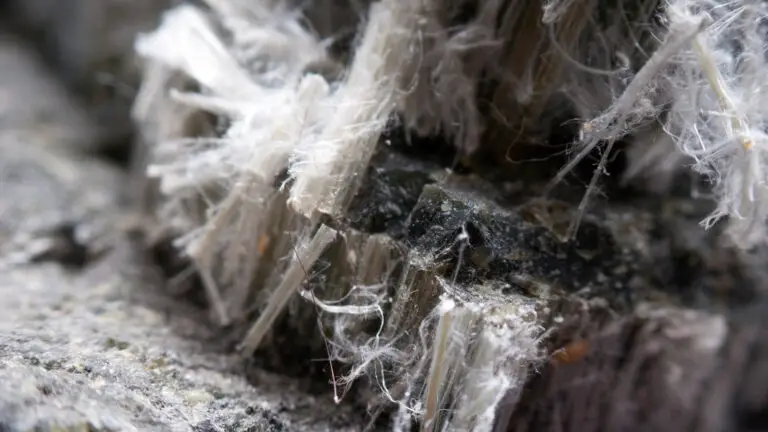Asbestos: A Hazard Banned from Construction Due to Health Risks
A Hidden Danger Uncovered
Asbestos, a once-common construction material, has been banned due to its severe health risks. This hazardous substance can cause serious lung damage and even cancer.
Understanding Asbestos and Its Origins
Asbestos is a mineral that was obtained through mining. Its unique properties, such as fire resistance, heat insulation, and sound absorption, led to its use in housing construction, particularly for insulation purposes. The substance was often sprayed onto ceilings and walls before being prohibited.
Unveiling Its Appearance
In its natural form, asbestos appears as a mineral with fibrous characteristics. When applied to walls, it takes on a fluffy texture. The substance is white in color and resembles candyfloss or thick spider webs. Fortunately, modern insulation materials have replaced asbestos panels in housing construction.
Varieties of Asbestos
Six distinct types of asbestos exist, with most being employed for insulation purposes. The most prevalent type, white asbestos or chrysotile, was commonly found in housing. Lesser-used varieties include amosite (brown) and crocidolite (blue), primarily used for pipe insulation and cement sheets. Anthophyllite (grey/green) was used minimally and is mainly present in containment structures. Additionally, tremolite and actinolite (green, blue, brown, or white) were not widely used commercially but can still be found as contaminants. Talc was also affected by asbestos due to their proximity in the ground.
The Ban and Its Timing
Recognizing the dangers of asbestos, the government acted swiftly, prohibiting the use of blue and brown asbestos in 1985. White asbestos was banned 15 years later, as its symptoms could take a decade and a half to manifest. By 1999, the government enacted a comprehensive ban on all asbestos usage due to its substantial health risks.
Health Impacts and Dangers
Exposure to asbestos occurs through inhaling airborne fibers or swallowing them. The consequences can be dire, leading to mesothelioma—a severe chest cancer with no cure. Asbestos fibers can enter the lungs, irritating the pleura lining, potentially leading to cancerous growth. Some fibers may even be swallowed after being coughed up. These fibers can become lodged in lung tissue, contributing to conditions like lung cancer and asbestosis—a scarring of the lungs caused by long-term fiber damage. Symptoms include wheezing, shortness of breath, fatigue, and persistent coughing.
Stay vigilant, as understanding the risks and history of asbestos is crucial for a safer construction future.

